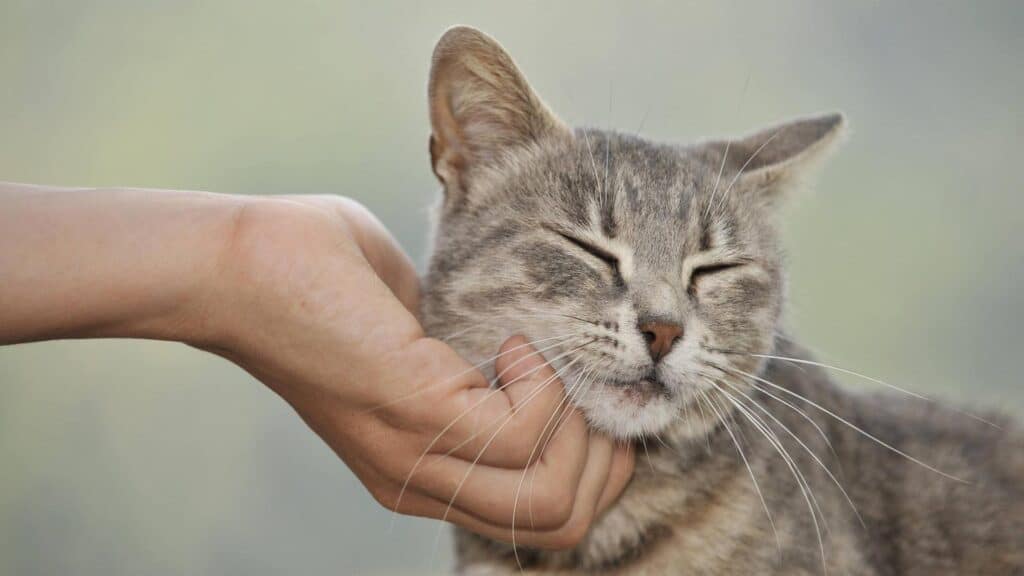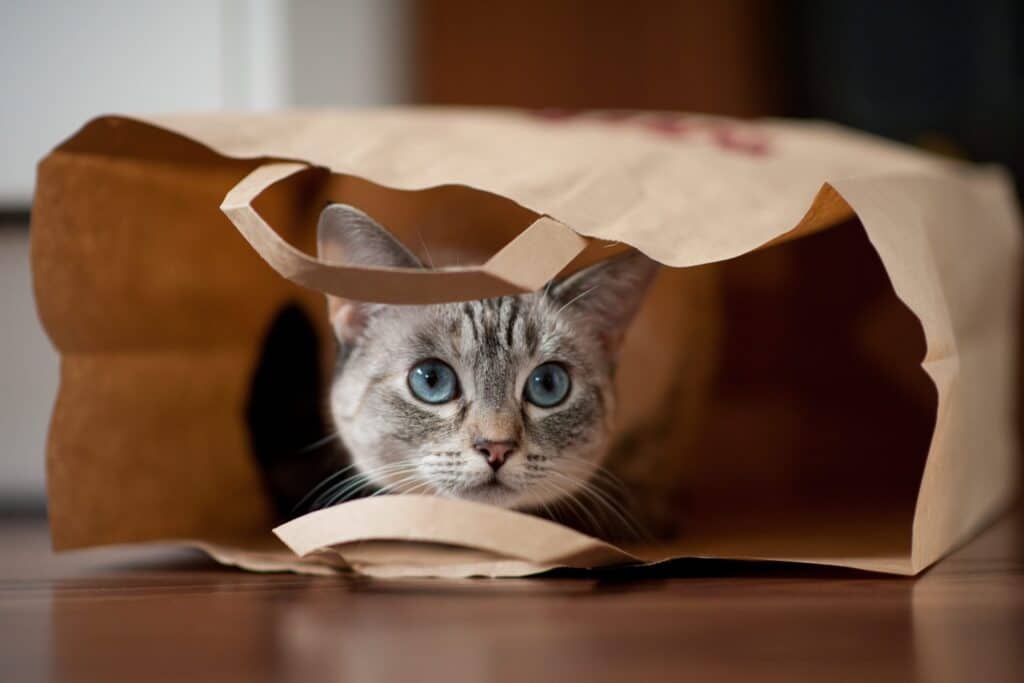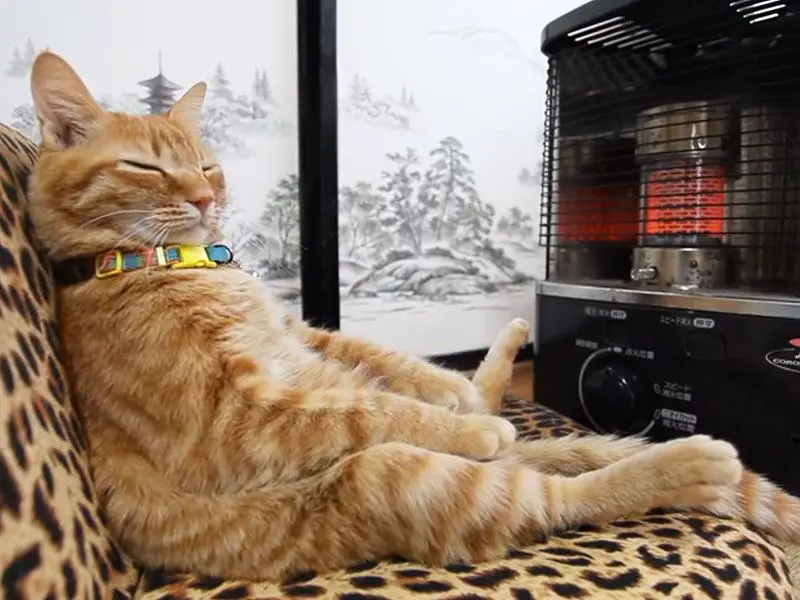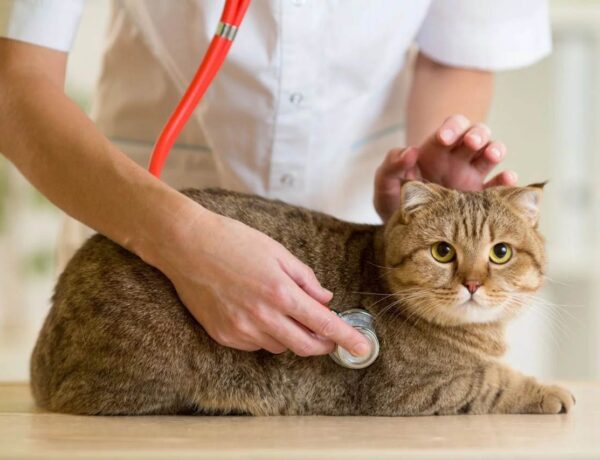Introduction
How To Get A Cat Out Of Heat: Having a cat in heat can be a challenging and stressful experience for both the cat and its owner. The heat cycle, also known as estrus, is a natural reproductive phase that female cats go through. During this time, they become more vocal, restless, and may exhibit certain behaviors that can be difficult to manage. If you find yourself in this situation, it is important to understand how to help your cat and alleviate her discomfort.
When a female cat is in heat, her body goes through hormonal changes that prepare her for mating and potential pregnancy. This typically occurs every two to three weeks, and can last for several days. During this time, the cat shed may display a range of behaviors such as yowling, rubbing against objects, and assuming a mating position. These behaviors are her way of signaling her availability to potential mates.
While it is natural for a cat to go into heat, it can be a challenging time for both the cat and her owner. The constant vocalization and restlessness can be disruptive to the household, and the cat may become more prone to escaping or exhibiting aggressive behavior. Additionally, if the cat is not spayed and does not mate during her heat cycle, she may continue to go into heat until she becomes pregnant or is spayed.
If you are looking for ways to help your cat during her heat cycle, there are several options to consider. One of the most effective methods is to have your cat spayed. Spaying not only prevents unwanted pregnancies but also eliminates the heat cycle altogether. If you do not wish to spay your cat, there are other measures you can take to help alleviate her discomfort. Providing a quiet and comfortable space for her, using pheromone sprays or diffusers, and engaging her in play and exercise can help distract her from her heat-related behaviors.

How can I relieve my cat from heat?
When cats are in heat, they can become quite uncomfortable and restless. As a responsible pet owner, it is important to find ways to relieve your cat from this discomfort. There are several methods you can try to help your cat feel more at ease during this time.
Provide a cool and comfortable environment: Cats in heat may feel hot and sweaty, so it is important to create a cool and comfortable environment for them. Make sure your cat has access to a well-ventilated area with plenty of fresh air. You can also provide a cool surface, such as a tile or marble floor, for your cat to lie on.
Offer plenty of water: Cats in heat may become dehydrated due to increased activity and sweating. Make sure your cat has access to fresh water at all times. Consider placing multiple water bowls around the house to encourage your cat to drink more.
Provide a hiding spot: Cats in heat may feel more vulnerable and anxious. Providing a hiding spot, such as a covered bed or a cardboard box, can help your cat feel safe and secure. Make sure the hiding spot is in a quiet area of the house where your cat can retreat to when needed.
Play and engage with your cat: Engaging your cat in play can help distract them from the discomfort of being in heat. Use interactive toys, such as feather wands or laser pointers, to keep your cat entertained. Spending quality time with your cat can also help reduce their stress levels.
Consult with your veterinarian: If your cat is experiencing severe discomfort or distress during heat, it is important to consult with your veterinarian. They may be able to provide additional advice or recommend medications to help relieve your cat’s symptoms. Your veterinarian can also discuss the option of spaying your cat to prevent future heat cycles.
How long does a cat stay in heat?
A cat typically stays in heat for about 4 to 10 days. This is the period when a female cat is fertile and ready to mate. During this time, she may exhibit certain behaviors and physical changes that indicate she is in heat.
Behavioral changes: When a cat is in heat, she may become more affectionate and seek attention from her owner. She may also become more vocal, meowing loudly and frequently. Additionally, she may display restlessness and may roll around on the floor or rub against objects.
Physical changes: One of the most noticeable physical changes in a cat in heat is the swelling of her vulva. This is a result of increased blood flow to the area. She may also exhibit a more frequent urination and may spray urine to mark her territory. Some cats may also have a slight discharge from their vulva.
Length of heat cycle: The length of a cat’s heat cycle can vary, but on average, it lasts about a week. However, it is important to note that individual cats may have different heat cycles. Some cats may go into heat for shorter periods, while others may stay in heat for longer.
Frequency of heat cycles: Cats are known as “”seasonally polyestrous”” animals, which means they can go into heat multiple times throughout the year. In general, a cat will go into heat every 2 to 3 weeks during the breeding season, which typically occurs from spring to fall. However, some cats may go into heat more frequently or less frequently depending on various factors such as their breed and individual hormonal patterns.
Will my cat come out of heat?
When a female cat is in heat, it means she is ready to mate and reproduce. This is a natural and instinctual behavior for cats, but it can be quite challenging for cat owners to deal with. Many cat owners wonder if their cat will eventually come out of heat on their own, or if there is something they need to do to help their cat through this phase.
The answer to this question is yes, your cat will eventually come out of heat on her own. The heat cycle in cats typically lasts for about a week, but it can vary from cat to cat. During this time, your cat may exhibit various behaviors such as increased vocalization, restlessness, and rubbing against objects or people. She may also display signs of being more affectionate or demanding attention.
It is important to note that while your cat will eventually come out of heat on her own, it is recommended to have her spayed to prevent future heat cycles. Spaying your cat not only eliminates the inconvenience and behavioral changes associated with heat cycles, but it also helps prevent unwanted pregnancies and reduces the risk of certain health issues, such as uterine infections and certain types of cancer.
If you choose not to spay your cat, she will continue to go into heat every few weeks until she mates or the breeding season ends. This can be quite exhausting for both you and your cat, as the heat cycles can be intense and disruptive. Additionally, allowing your cat to mate and reproduce can contribute to the overpopulation of stray and feral cats, which can have negative impacts on the environment and the welfare of these animals.
While your cat will eventually come out of heat on her own, it is highly recommended to have her spayed to prevent future heat cycles and the associated challenges. Spaying your cat not only benefits her health and well-being but also helps control the cat population and reduces the burden on animal shelters and rescue organizations.
How do I if my cat is in heat?
When a female cat reaches sexual maturity, she goes through a reproductive cycle known as “heat” or “estrus.” This is the time when she is fertile and ready to mate. As a cat owner, it is important to be able to recognize the signs that your cat is in heat. This knowledge can help you provide the necessary care and attention to your cat during this period.
One of the most noticeable signs that your cat is in heat is her behavior. She may become more affectionate and seek attention from you or other cats. She may rub against furniture, walls, or your legs more frequently. Additionally, she may become more vocal, meowing loudly and persistently. These behavioral changes are her way of signaling her readiness to mate.
Another sign to look out for is physical changes in your cat’s body. During heat, a female cat’s vulva may become swollen and more prominent. You may also notice a clear or slightly bloody discharge from her vulva. These physical changes are normal and indicate that your cat is in heat.
It is also important to be aware of the timing of your cat’s heat cycle. Cats typically go into heat every two to three weeks during the breeding season, which usually occurs in spring and summer. The heat cycle can last anywhere from a few days to two weeks. Understanding the timing of your cat’s heat cycle can help you anticipate and prepare for future cycles.
If you suspect that your cat is in heat, it is important to keep her indoors to prevent unwanted pregnancies. During this time, she may try to escape and mate with male cats in the neighborhood. It is also a good idea to consult with your veterinarian to discuss options for managing your cat’s heat cycle, such as spaying or using hormonal contraceptives.
How often do cats go in heat?
Cats are known for their unique reproductive cycle, which includes going into heat. This is a natural process that occurs in female cats, also known as queens, when they are ready to mate and reproduce. The frequency at which cats go into heat can vary depending on various factors, including their age, breed, and environmental conditions.
On average, cats go into heat about every two to three weeks during the breeding season, which typically occurs from spring to fall. However, it is important to note that not all cats follow this exact schedule. Some cats may go into heat more frequently, while others may have longer intervals between heat cycles.
The age at which cats first go into heat can also vary. Most cats reach sexual maturity between six and ten months of age, although some may experience their first heat as early as four months. It is generally recommended to have cats spayed before their first heat cycle to prevent unwanted pregnancies and potential health issues.
During the heat cycle, female cats exhibit various behavioral and physical changes. They may become more affectionate, vocalize more frequently, and display restlessness. Additionally, they may assume a mating position, known as lordosis, where they lower their front end and raise their hindquarters.
It is important for cat owners to be aware of their cat’s heat cycle to prevent unwanted pregnancies and to provide appropriate care during this time. If a cat is not intended for breeding, it is recommended to have them spayed to avoid the potential complications and risks associated with pregnancy and childbirth.
When a cat is in heat, there are several signs and behaviors that can indicate their reproductive cycle. One of the most noticeable signs is an increase in vocalization. Female cats in heat will often yowl, meow, or make other loud noises to attract male cats. They may also become more affectionate and seek attention from their owners. Another common sign is restlessness and agitation. Cats in heat may pace, roll around on the floor, or exhibit other restless behaviors.
Physical changes can also occur during a cat’s heat cycle. The most obvious change is swelling and reddening of the vulva. Additionally, female cats may exhibit a behavior known as “”lordosis,”” where they assume a mating position by lowering their front end and raising their hindquarters. This is a clear indication that they are ready to mate.
What are the signs that a cat is in heat?
When a cat is in heat, there are several signs that may indicate their reproductive cycle is in full swing. One of the most noticeable signs is an increase in vocalization. Female cats in heat will often yowl, meow, or make other loud noises to attract male cats. Additionally, a cat in heat may become more affectionate and seek out attention from their owners. They may rub against furniture, walls, or people in an attempt to mark their territory.
Another common sign of a cat in heat is an increase in physical activity. They may become more restless and exhibit more energy than usual. This can manifest as excessive running, jumping, or even attempting to escape from the house. Additionally, a cat in heat may display a characteristic posture known as “”lordosis,”” where they arch their back and raise their hindquarters when touched near the tail.
Are there any natural remedies or home remedies to alleviate a cat’s heat symptoms?
Yes, there are several natural remedies and home remedies that can help alleviate a cat’s heat symptoms. One of the most commonly recommended remedies is to provide a comfortable and quiet space for the cat to rest. This can help reduce stress and anxiety, which are often heightened during heat cycles. Additionally, providing a warm and cozy bed or blanket can help soothe the cat and make them feel more comfortable.
Herbal remedies can also be effective in alleviating heat symptoms in cats. Some herbs that are commonly used include chamomile, valerian root, and lavender. These herbs have calming properties and can help reduce anxiety and restlessness. It is important to consult with a veterinarian before using any herbal remedies, as some cats may have allergies or sensitivities to certain herbs.
In addition to herbal remedies, aromatherapy can also be beneficial for cats in heat. Lavender and chamomile essential oils can be diluted and used in a diffuser or applied to a cloth or bedding to create a calming environment. However, it is important to use caution when using essential oils around cats, as some oils can be toxic to them.
What are the potential risks or complications if a cat remains in heat for an extended period of time?
When a cat remains in heat for an extended period of time, it can lead to several potential risks and complications. One of the main risks is the increased likelihood of unwanted pregnancies. Female cats in heat are highly receptive to mating and may attract male cats from the neighborhood, resulting in unplanned litters of kittens. This can contribute to the already overwhelming population of stray and feral cats.
Another potential complication of a prolonged heat cycle is the development of pyometra, a serious and potentially life-threatening infection of the uterus. During heat, the uterus becomes more susceptible to bacterial infections, and if left untreated, pyometra can lead to sepsis and death. It is important to note that pyometra can occur even if the cat has not mated.
When should I consider spaying or neutering my cat to prevent future heat cycles?
Spaying or neutering your cat is an important decision that can help prevent future heat cycles and provide numerous health benefits. It is generally recommended to have your cat spayed or neutered before they reach sexual maturity, which is typically around 5 to 6 months of age. By doing so, you can avoid the inconvenience and potential risks associated with heat cycles.
Spaying is the surgical removal of a female cat’s reproductive organs, while neutering is the removal of a male cat’s testicles. Both procedures are safe and commonly performed by veterinarians. Spaying your female cat before her first heat cycle greatly reduces the risk of certain reproductive diseases, such as uterine infections and mammary tumors. It also eliminates the possibility of unwanted pregnancies and the associated challenges of finding homes for kittens.
Neutering your male cat not only prevents him from impregnating female cats, but it also helps reduce certain behavioral issues, such as spraying urine to mark territory and roaming in search of mates. Additionally, neutering can lower the risk of testicular cancer and decrease the likelihood of your cat developing aggressive tendencies.

Conclusion
Understanding how to get a cat out of heat is crucial for both the well-being of the cat and the sanity of its owner. It is important to recognize the signs of a cat in heat, such as increased vocalization, restlessness, and spraying. By providing a comfortable and stress-free environment for the cat, owners can help alleviate some of the discomfort associated with being in heat. Additionally, spaying or neutering the cat is a highly recommended solution to prevent future heat cycles and unwanted pregnancies.
One effective method to calm a cat heat is to provide plenty of distractions and mental stimulation. Engaging the cat in playtime and providing interactive toys can help redirect its attention and energy. Creating a safe and secure space for the cat to retreat to, such as a quiet room with a cozy bed and familiar scents, can also help alleviate stress and anxiety.
It is important to note that attempting to physically remove a cat from heat by force or confinement is not recommended. This can cause further distress to the cat and may lead to aggressive behavior. Instead, it is best to provide a supportive and understanding environment for the cat during this time.
In conclusion, getting a cat out of heat requires patience, understanding, and proactive measures. By recognizing the signs of a cat in heat and providing appropriate care and attention, owners can help alleviate the discomfort and stress associated with this natural biological process. Ultimately, spaying or neutering the cat is the most effective long-term solution to prevent future heat cycles and unwanted pregnancies. By taking these steps, both the cat and its owner can enjoy a happier and healthier life together.





No Comments